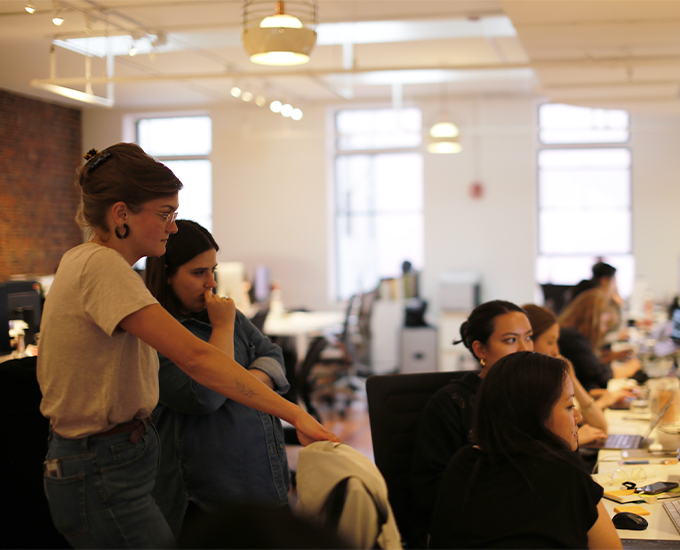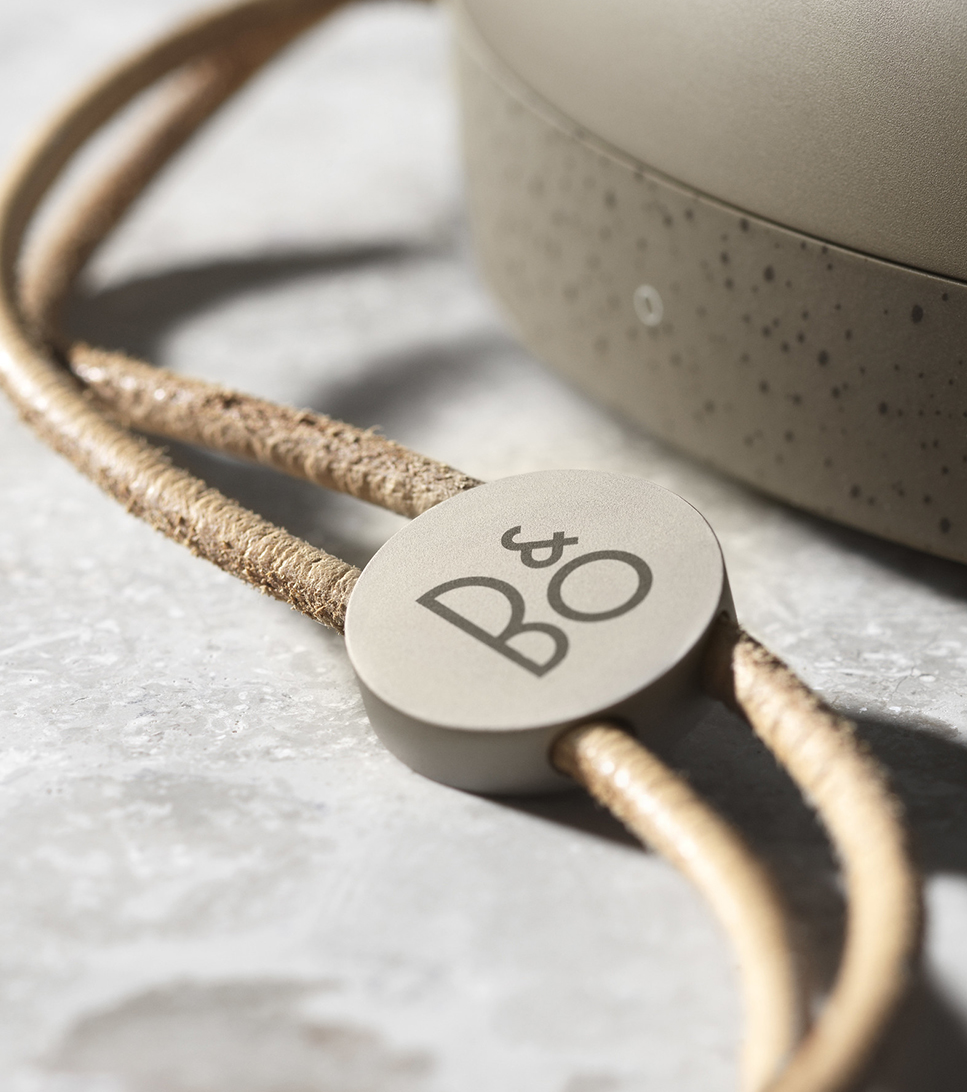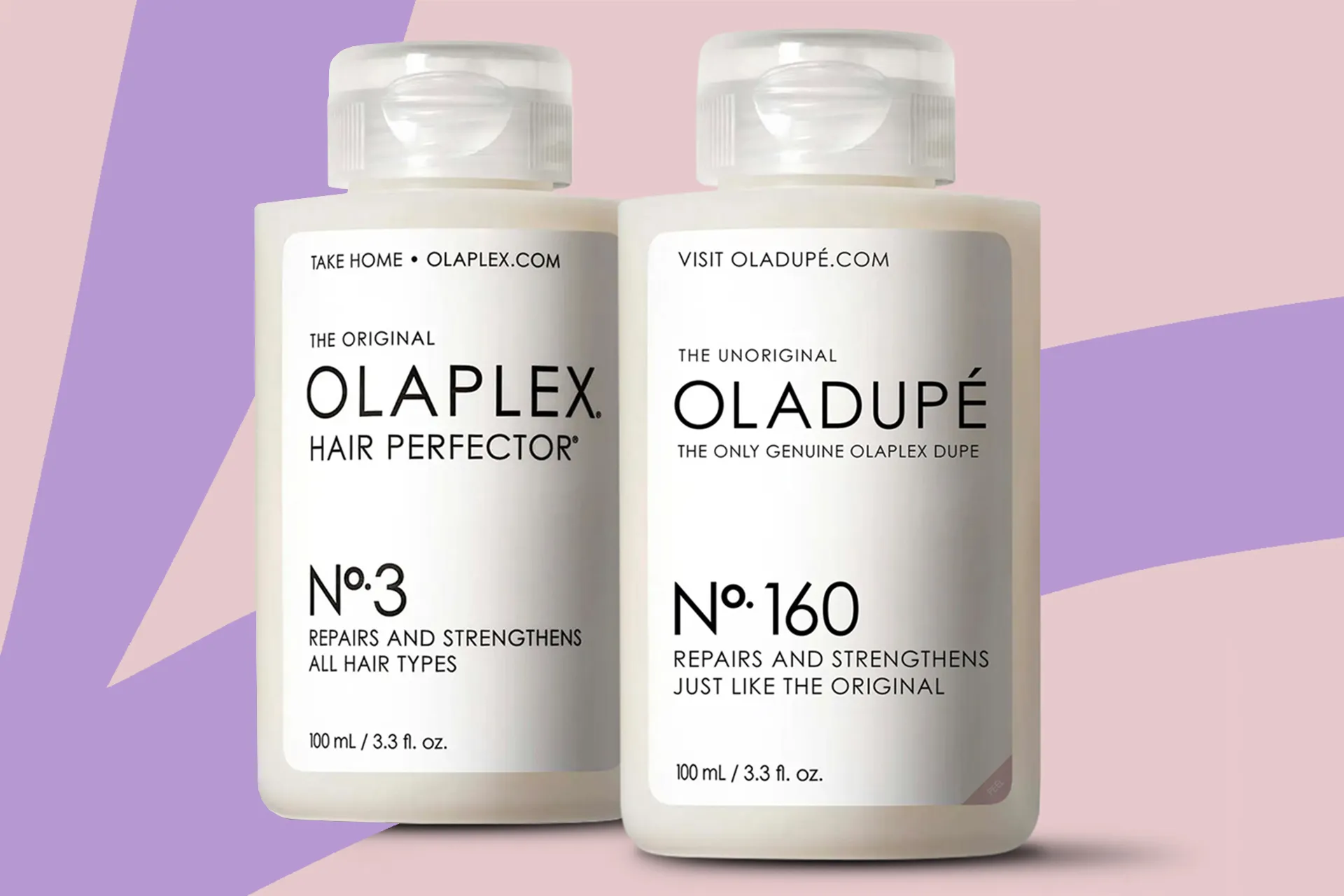As strategists, we’re taught to recite our XYZs. Demographically, that is.
The Boomers: the group the internet loves to hate
Generation X: the in-betweeners, bridging the Boomers and Millennials
Generation Y: aka Millennials or the “Me” generation
Generation Z: the end of what you knew and the beginning of everything new
In our industry, being the authority on a generation is big business. In the frenzied need to know, studies are launched, whitepapers written, and webinars are hosted for brands looking to connect with Generation Next. You get the feeling that there’s never been a greater generational divide, a more alien youth aesthetic or a more pressing youth angst. This all feeds an urgent need for hiring agencies, like ours, to demystify another youth generation.
Generational Marketing: Where is the Biggest Opportunity?
It’s not surprising that most brands want to target Gen Z’s $143 billion worth of spending power. But to target Gen Z is to take aim at two billion people, globally. In reality, a generation is not a target with a bullseye — it’s a massive cohort. That’s why the consumer insights that are meant to speak for an entire generation often miss the mark.
It’s my job to understand people, to translate human insight into design that supports all the ways people live now and want to live in the future. At Pearlfisher we call that Design for Life. As someone who has spent her career researching people, I can tell you that people don’t fit neatly into monolithic buckets. People are multidimensional and our brand communication is better because of it.
Every generation is a mixed bag of gender, life stages, livelihoods, cultures, communities, income levels, places and perspectives. Because people are multifaceted, it feels reductive to group them into a homogenous “bucket” by age and assume they share identical beliefs and behaviors. People aren’t defined by one identity. There isn’t one genericized, generational experience to rule them all and falling into this bad habit means important consumer truths will be overlooked.
As for the Millennials TIME magazine dubbed the “Me me me” generation? They’re just as likely as any other generation to donate and when they choose to give, give the most. This is significant when you consider the student loan debt, financial crisis and stagnating income they’re shouldering. And the older generations who stereotypically aren’t tech savvy? They’re a growing group of TikTok users. If roughly half of TikTok’s users are under the age of 34, then we have to assume the other half is older. As of this year, 19% are over the age of 40 and creating some of the most delightful content on the platform.
Oversimplifying not only hurts consumers, but it makes it more difficult for brands to understand and reach them. Design is awash with failed assumptions. Like designing pink razors for women. By assuming women prefer pink, a brand might inadvertently reinforce a gender stereotype. Instead they could’ve been like beauty darling Billie, who designed a razor for the larger shave-to-surface area and angles of a woman’s body and launched the first razor ads to show *gasp* female body hair. Challenging assumptions whether by gender, age or any demographic group is important in the work we do. Because as long as a brand’s understanding of their consumers is superficial, the communication the brand has with their consumers will be superficial too.
So why are we still using the same tactics to understand consumers?
Understanding your Audience
To build meaningful messaging and designs that earn the attention of consumers, we at Pearlfisher ask ourselves the following questions:
Are demographics like age, gender-identity, ethnicity, life stage truly relevant to the product offering?
Or could focusing on psychographics like mindset, attitudes, beliefs, preferences, affiliations and social communities be more relevant identifiers for people — and even open our brand up to audiences we hadn’t previously considered. Like Milk, who asked “isn’t makeup gender neutral?,” creating a gender and skin tone inclusive makeup line that Gen Z is still obsessed with.
Are we accurately representing and reflecting consumers or perpetuating a false “norm”? For example, does the target have to be a mom? By overlooking dads are we promoting the idea that women should be caretakers instead of inviting dads to play a role at home? Let’s also not forget the 15% of same sex couples who have at least one child under 18 years old—how are we representing them? The family-run brand, iCandy, creates quality parenting products with a clean aesthetic, marketed without performative gender stereotyping. Rather than perpetuating patterns, try to understand who benefits from them and how subverting them could empower our consumer and, in turn, earn greater brand loyalty in the long term.
Is our consumer personas unnecessarily reductive? To paint a fuller picture, layer in the macro trends and social movements that are relevant to people’s lives. Context teaches us how a lived experience influences consumers values, beliefs and behaviors. When ShopRite asked us to design for a budget shopper, we looked to better understand data that said “they look for value first and foremost.” Instead of designing to communicate value, we recognized the rising expectation of taste, regardless of price. By understanding how budget-shoppers defined value, we elevated the proposition through design, creating beautifully delicious packs for their own brand – Bowl & Basket.
Are we giving people the microphone to define themselves, or are we deciding their identities for them? Instead of brands telling people what’s good, invite an open dialogue where consumers can tell your brand what they want. To bring the audience to life viscerally, beyond data points, I recommend talking to people, often, to learn how a product plays a role in their life. When in doubt, include creators in the strategy and design process. Inclusion is powerful. To connect to the Hispanic market for Tecate’s new sub-brand of premium light beer, ALTA, we heard from our target audience what it means to be Mexican-American. Their experience, feeling both “not Mexican enough” and “not American enough” led us to the driving insight: that they didn’t define themselves as 50% American and 50% Mexican, but as 100% of both. It inspired a platform that fully embraced both identities.
Are we considering our own bias? Because our industry is predominantly older, white, westernized and privileged, it’s easy to fall into the trap of consumer insights that are skewed older, white, westernized or privileged. Which means there are unseen communities in the stories we create and people who are underserved in the goods we design. None of our strategists are tweens, so when we worked with Cinnamon Toast Crunch we conducted deep ethnographic research to better understand their world. Instead of finding “screenagers,” we found they loved immersive experiences whether physical or digital. It was the newly focused insight that inspired a brand world and helped to relaunch an entire business.
Now might be the best time to end the generational alphabet and demographic generalizations altogether, starting with Gen Z. Not because they conveniently round out the alphabet, but because culture is becoming increasingly anti-label. In this evolution, there’s an opportunity for brands to change the way in which they understand and represent people.
We can start by challenging what we’re told and asking questions that can bring richer truths and deeper insights to the surface.
By asking the right questions of our target audience we can design for people, as opposed to labels. That starts with a more honest, empathetic strategy, and it also has major implications for the designs that we create and their impact on wider culture. Question everything. And if you need a little help, give us a call.






